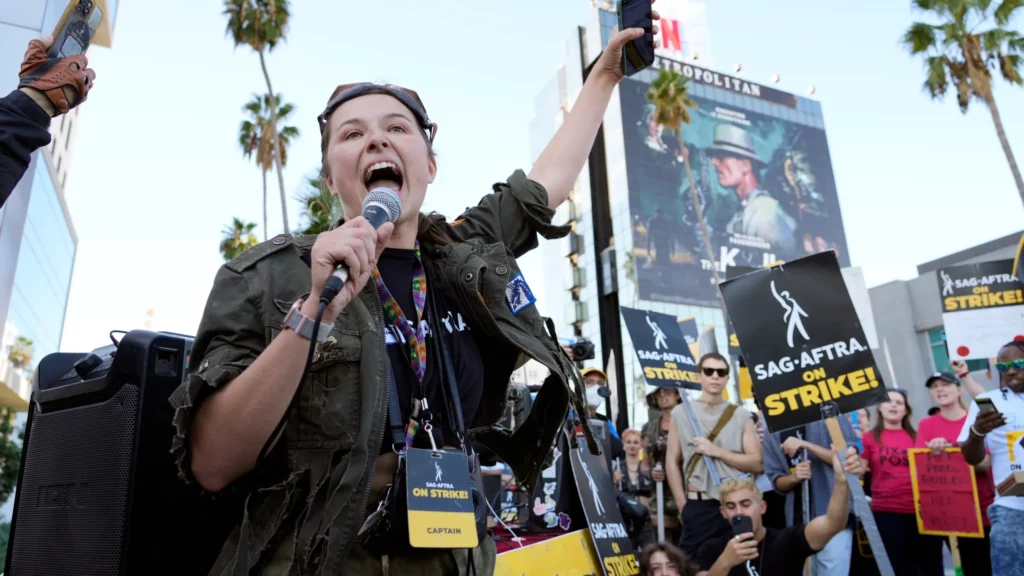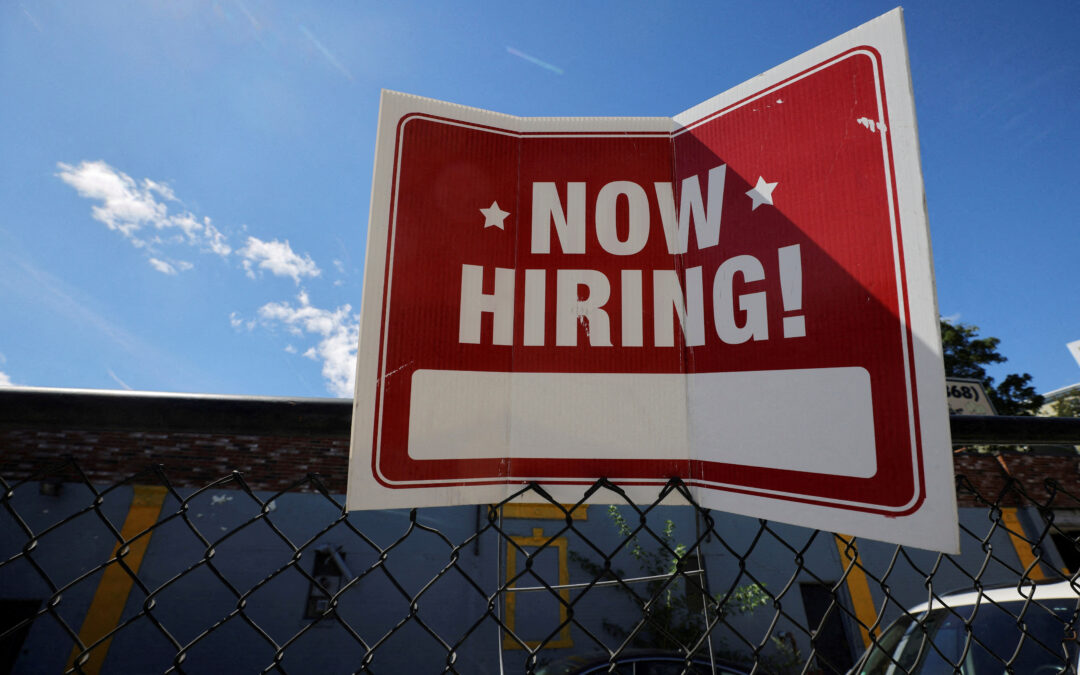The industry saw a spike in employment in November following the end of the Hollywood strikes.
Even while activity is picking up again, recent data indicates that there are still almost 25,000 fewer workers than there were a year ago, indicating that a return to normalcy may take longer than anticipated.
The motion picture and sound recording sectors added 17,000 jobs in November, “mostly reflecting the resolution of labor disputes in the industry,” according to the U.S. Bureau of Labor Statistics, which released its November jobs report on Friday. The industries employed 462,600 people overall. This represents a significant increase from September, when 431,500 workers were engaged in the sector due to the WGA and SAG-AFTRA strikes.

Still, the industry’s employment level is lower than it was in November 2022, when 487,700 people were employed. Before the motion picture industry started to recover after the WGA strike ended at the end of September, the BLS estimated that losses had peaked at about 50,000 workers.
The BLS reports that there has been a decrease of almost 104,000 jobs in the information industry overall, which include publishing, broadcasting, telecom, and computer infrastructure providers among other industries.
READ MORE: Son Of Ex-Hollywood Agent Arrested For Murder After Human Remains Found…Body Parts Found In A Bag

While Hollywood is returning to work, the production backlog and the constantly changing entertainment landscape (many media and entertainment companies have continued to lay off employees in the last few months) suggest that it may take longer than expected for employment to return to pre-strike levels, if it does so at all.
READ MORE: ‘A Staple In Pop Culture’, Macaulay Culkin, Will Get A Star On The Hollywood Walk Of Fame
Fewer TV series and movies will probably be produced as a result of the strikes and the entertainment industry’s continued retreat, which could keep employment levels below where they were previously.

Put another way, the end of Peak TV might also mean the end of Peak TV jobs.
Nevertheless, the U.S. jobs report as a whole was impressive, with 199,000 new jobs added and the unemployment rate falling to 3.7%.
Radiant and America Nu, offering to elevate your entertainment game! Movies, TV series, exclusive interviews, music, and more—download now on various devices, including iPhones, Androids, smart TVs, Apple TV, Fire Stick, and more.



